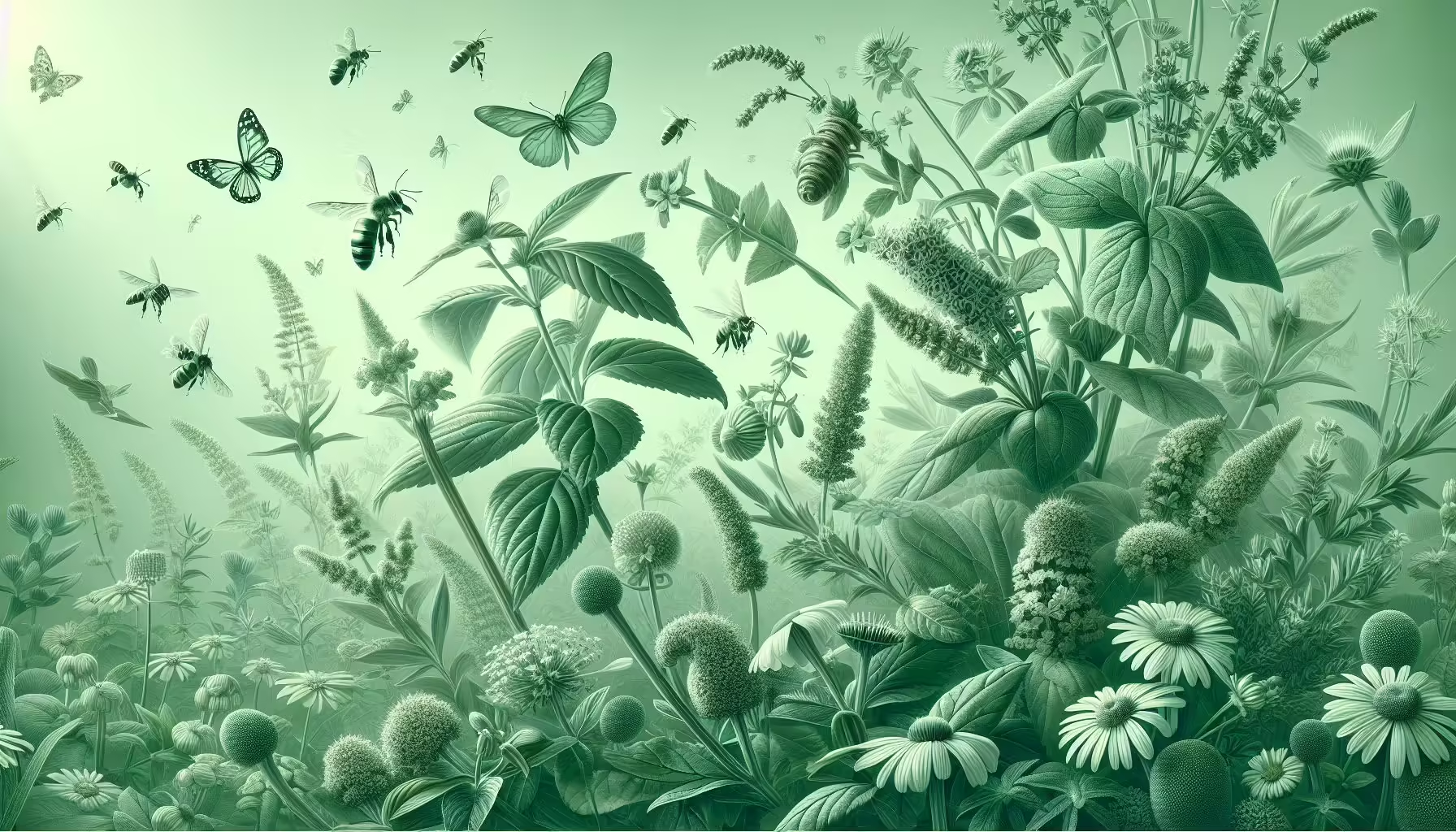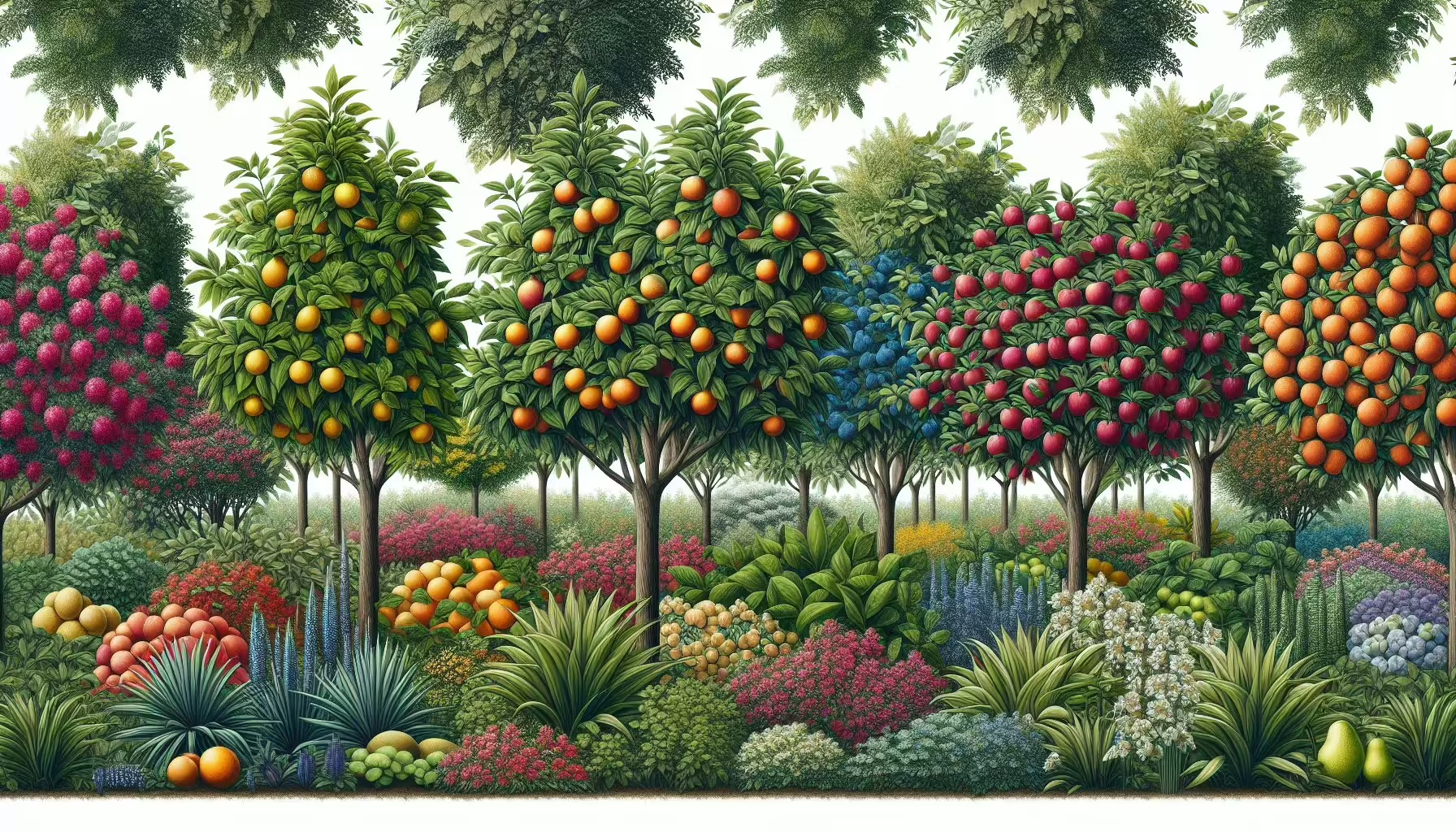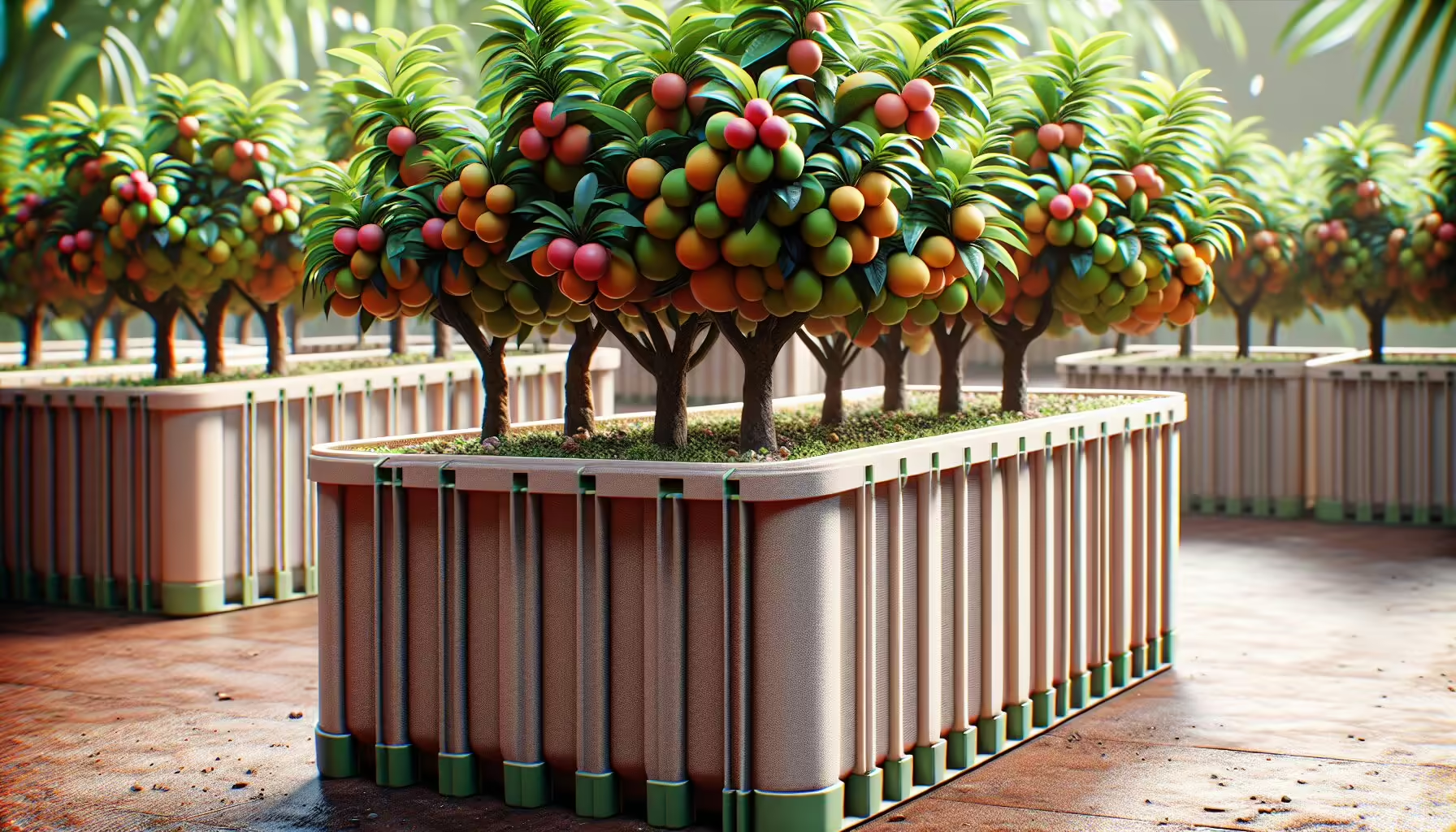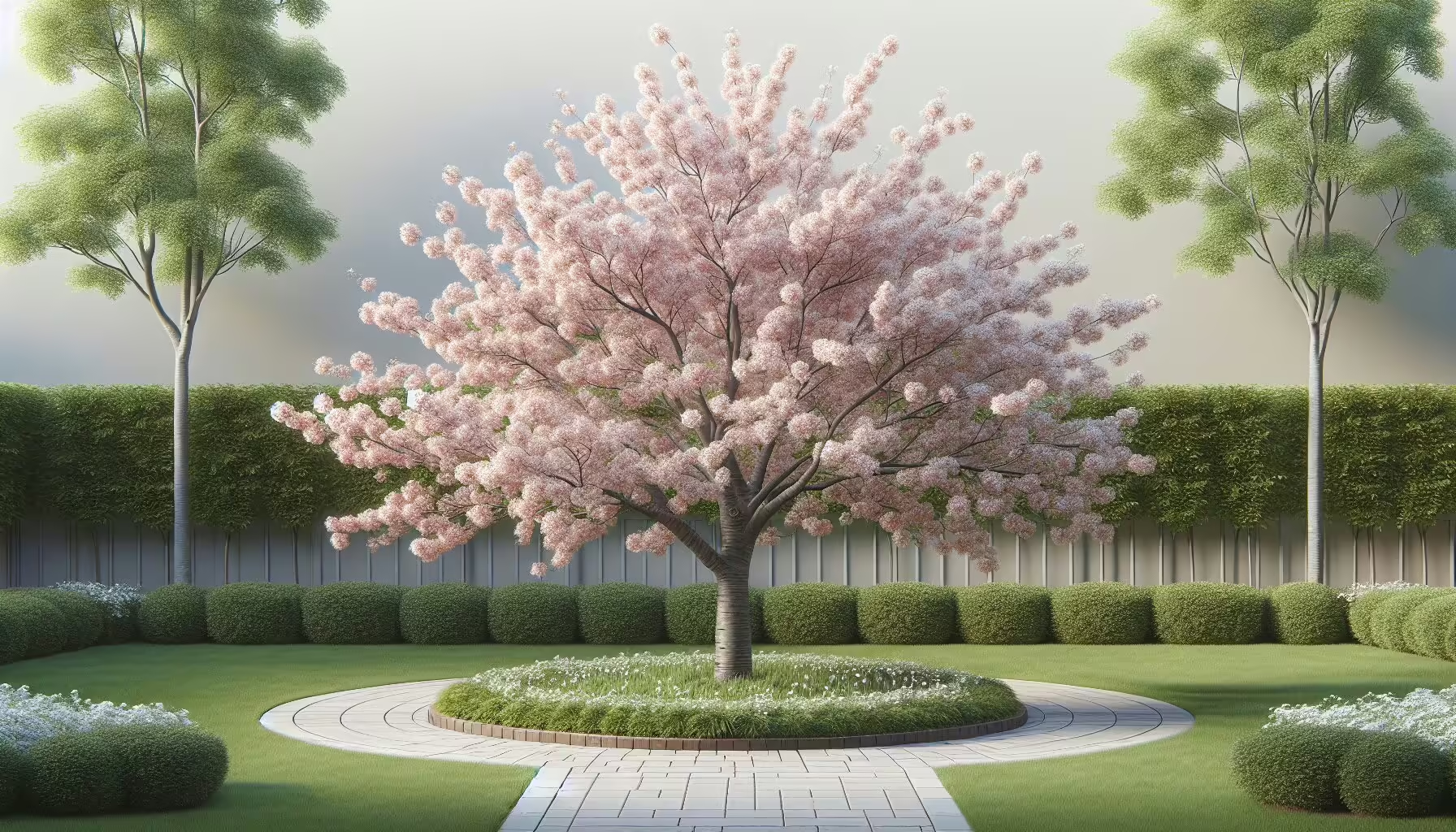My Pollinator Paradise: Enriching with Medicinal Herbs for Support
Supporting Pollinator Gardens
Making a welcoming garden for bees, butterflies, and insect buddies has been a real game-changer for me. It ain’t just about the eye candy – throwing some medicinal herbs into the mix serves as the buffet of nectar and pollen these critters need to do their thing.
Medicinal Herbs for Pollinators
These herbs ain’t just good for picking; they got the goodies insects need. We’re boosting the whole garden scene while keeping pollinators coming back for seconds. Here’s a breakdown of what’s growing in my garden lately:
| Medicinal Herb | What’s in It for Pollinators |
|---|---|
| Bergamot | Bees and butterflies can’t get enough |
| Borage | Buzzing with nectar; bees love it like candy |
| Chives | Spring delivers a feast for bees |
| Fennel | Diversity of pollinators dig it |
| Lavender | Smells great, and bees agree |
| Lemon Balm | Aromatic delight for winged visitors |
| Rosemary | A flower-fest for bee parties |
| Sage | Nectar overload makes bees hang around |
| Thyme | Keeps bees busy with blooms |
Wanna start your herbal haven? Check out my edible pollinator garden guide.
Native Bees and Pollination Rates
Meet the native bees! These little workhorses are champions at getting the pollination job done, way better than any honeybee I’ve seen. Known to nail a 95% pollination rate, they’re no divas – they work rain or shine. Who knew these little guys could boost life in my herb garden so much? They keep the blooms buzzing, ensuring there’s always something popping off.
Gardening Design for Pollinators
I ain’t just plopping plants anywhere – there’s a method to the madness. It’s all about where the herbs and bloomers land in the garden to lure bees over to my veggies. Trust me; they notice and help my crops go from good to great.
Mixing up both old-timers from around here and new, exotic herbs tunes the garden vibe perfectly. Letting herbs like chives and lavender run wild with flowers keeps that nonstop food supply coming for my winged guests. Plus, it sure makes my garden look sick (Northern Gardener).
By setting up my pollinator hub just right, I’m helping the pollinators do what they do best while reaping the benefits. Got more tricks up my sleeve? Check out my tips on companion plants for pollinator palaces.
Specific Herbs for Pollinators
Growing a thriving pollinator garden is a joy, especially when I focus on medicinal herbs that give our buzzing and flapping friends a helping hand. These plants don’t just meet my herbal remedy needs—they’re a beacon for bees, butterflies, and other essential pollinators.
Attractive Flowers for Bees
Let’s face it, bees are the VIPs of pollination, and there are herbs that roll out the red carpet for them.
| Herb | Attraction for Bees |
|---|---|
| Lemon Balm | Top-tier love |
| Lavender | Endlessly popular |
| Rosemary | All the buzz |
| Sage | Absolute favorite |
| Angelica | Still quite appealing |
The usual herbal suspects like lemon balm, lavender, rosemary, and sage are beloved by those honey bees. Adding these to my patch doesn’t just pretty things up; it amps up my garden’s pollinator magnetism.
European Herbs for Bees
Some European herbs not only look and smell good but pack a punch with their medicinal perks, making them even more of a bee magnet:
| European Herb | Benefits |
|---|---|
| Lemon Balm | Soothes souls, pulls in bees |
| Lavender | A chill vibe, a bee favorite |
| Rosemary | Antioxidant powerhouse, bee chic |
| Sage | Germ-fighter, bee bonanza |
These plants provide a feast for both pollinators and healing properties, enriching the garden’s symphony of life.
Herbs Beneficial for Butterflies
Butterflies are nature’s artwork, and I want them flitting about as well. A few herbs cater specifically to these winged wonders:
| Herb | Benefits for Butterflies |
|---|---|
| Dill | A VIP lounge for Black swallowtail kids |
| Mint | The sniffly invitation |
| Milkweed | Royalty’s must-have (Monarchs adore it) |
| Bee Balm | Nectar buffet for all butterflies |
Dill’s a magnet for all sorts of visitors, even hosting Black swallowtail caterpillars. By mixing up the plant party, bees and butterflies flock to my little piece of paradise.
By cherry-picking the right herbs for my pollinator playground, I’m setting up a buzzing and fluttering haven that’ll thrive alongside the healing powers of my herbal selection. If I’m itching to get started on this pollinator paradise, I’ll check out our guide on how to start an edible pollinator garden.
Benefits of Pollinator Gardens
Starting a pollinator garden lets me pitch in for a healthier planet while creating my own little haven buzzing with life. I’ve seen firsthand how these gardens come with loads of perks.
Role in Ecosystem Health
Pollinator gardens are big players in keeping ecosystems ticking. Native bees, butterflies, and the like have developed alongside local plants, setting up a buddy system where they lean on each other to thrive. By filling my garden with an assortment of plants, especially medicinal herbs, I help this partnership flourish and spruce up the biodiversity right in my community. Feels good to play a part!
Biodiversity and Pollinators
Planting a smorgasbord of flora draws in all sorts of pollinators, boosting biodiversity. Different plants offer buffet options and cozy nooks for critters, giving nature a bit of a leg up. I’ve noticed that lively butterfly gardens usually point to a healthy environment. Plus, having a garden echoing with different species leads to a more robust space that can brush off issues like pests and disease. It’s like having a lively neighborhood right outside the door!
| Perk | What’s Cool About It |
|---|---|
| More Pollination | A floral party means more pollinators come by, making sure plants do their thing. |
| New Homes | These gardens give critters a place to crash, pumping up biodiversity. |
| Easy on the Eyes | They also bring a splash of color to neighborhoods and towns. |
Conservation and Awareness
Besides the earthy goodness, my garden helps with conservation. By picking plants that pollinators love, I’m shining a light on how important these little helpers really are. Butterfly and hummingbird spots not only look fantastic but they keep us mindful of the critical ties between plants and their winged pals.
Creating my little green haven spreads the word and gets folks into gardening for pollinators too. It’s about coming together to give our environment some TLC. Supporting local wildlife by gardening doesn’t just bring nature closer—it’s about rallying a community around loving and protecting our world. I’m making my mark in the grand scheme by safeguarding these creatures and boosting the ecosystem at my doorstep. You’ll be thrilled with the results if you want to start your own garden. Check out how to start an edible pollinator garden for some nifty tips!
Health Impact and Nutrient Supply
Creating a pollinator garden is more than picking pretty plants; it’s like having a natural health clinic right outside my door. I’m all about growing herbs, and the fascinating part is realizing how everything from bees to butterflies keeps my little patch of Earth buzzing with health.
Medicinal Plants and Animal Pollination
Pollinators are like the behind-the-scenes crew in a blockbuster movie, working tirelessly to help around 28,000 medicinal plants worldwide, and that’s mind-boggling! These plants need critters to help them flourish. In my garden, bees and their buddies make sure my echinacea and chamomile are always ready to hit the stage with their awesome health perks. According to PubMed Central, without these busy bees, our herbal resources would do a disappearing act.
| Medicinal Plant | Is it reliant on pollinators? | Health Perk |
|---|---|---|
| Echinacea | Yup, lots | Pump up your immune system |
| Chamomile | Oh yes | Calm the nerves |
| Lavender | Sort of | Bye-bye stress |
| Peppermint | Oh yes | Tummy taming |
Herbal Medicine and Pollinators
From what I’ve seen, when it comes to herbal medicine, stronger plants mean better remedies, and that strength comes from healthy plants powered by pollinators. When bees frequent my garden, echinaceas bloom like they’re in a flower pageant. This chain reaction shows just how crucial these little pollinators are—not just for my plants, but for my whole family’s health plan.
The tiny critters don’t just make my plants thrive but make sure they’re packed with potent medicinal benefits. Without them, we lose a lot of herbal goodness. That makes me pretty protective of my buzzing buddies now.
Bee-Derived Products in Medicine
And let’s not forget the heavy hitters in the bee brigade: honey, propolis, bee venom, and royal jelly. These bee gifts have kept my home remedy stash stocked. Honey, for instance, is like the smooth-talking diplomat of my natural medicine cabinet, with its power to soothe and fight bacteria. People have used bee products for ages to tackle everything from colds to cuts, and our home is no exception (PubMed Central).
| Bee Product | Health Power |
|---|---|
| Honey | Bacteria battle, smooth operator |
| Propolis | Fights fungus, viruses |
| Royal Jelly | Immune booster extraordinaire |
| Bee Pollen | Multi-vitamin in disguise |
Starting a pollinator garden has been a game-changer for me, filling it with medicinal herbs and trendy bee-friendly vibes. It’s like building the ultimate health hub at home. If you’re itching to get into the game, check out guides on starting an edible pollinator garden or making friends with the best companion plants. Together, we can create green havens that nurture both our buzzing buddies and our health.
Urban Environments and Mental Health
Kicking off a pollinator garden in city spaces is like a two-for-one deal—it’s great for the bees and butterflies, plus it does wonders for my sanity. Since I got my hands dirty in gardening, I’ve found adding medicinal herbs not only spruces up these urban oases but also calms my mind. It’s like having my own slice of zen right in the hustle and bustle.
Green Spaces and Pollinator Support
Cities might seem like jungles, but even a small garden packed with medicinal herbs can be a safe haven for our buzzing friends. These patches of paradise offer food and shelter for bees and butterflies and, trust me, they’re more than grateful. Seeing lavender, mint, and echinacea flourish brings joy, knowing I’m setting the table for these critters that keep our ecosystems running (PubMed Central). It’s like being a hero in nature’s story just by tending to my garden.
Stress Reduction and Social Cohesion
Digging in the dirt does more than mess up my clothes—it melts away stress. Urban gardens offer a chance to stretch my legs and my social circle. Friends and neighbors pop by for gardening days, turning planting sessions into mini-festivals of chuckles, chatter, and community spirit. It’s uplifting to see bonds grow right alongside the plants.
Promoting Environmental Health
Taking care of my garden is also about taking care of the planet. I’ve ditched the chemicals, aiming for a clean canvas that encourages healthier air, water, and food. By sticking to natural pest control, I’m nudging my patch of earth towards a thriving, toxin-free ecosystem (PubMed Central). It aligns with my wish to safeguard the planet as I soak up the quiet vibe of my little haven.
The thrill of nurturing my urban space with pollinator-loving herbs links my peace of mind with nature’s well-being. Watching my garden grow gives me a sense of accomplishment, knowing I’m making a ripple of positive change for myself and the environment. If you’re curious about crafting your own green sanctuary, check out my guide on how to start an edible pollinator garden for a kickoff and some spark.
Agricultural Practices and Pollinators
As I pamper my little patch of paradise, I’ve gotten super nosy about how farming ways mess with bees and butterflies. Knowing the dirt on this subject is a biggie for anyone serious about turning their yard into a buzzing haven.
Industrial Impact on Bees
Big farming business isn’t exactly rolling out the red carpet for bees. The sprayathon of chemical killers, like what we use to keep bugs away, is bugging out our bee buddies. There’s some serious buzz around glyphosate—yeah, that one—and how it crashes the micro-party in a bee’s belly, leaving them down for the count way too soon (Gaia Herbs). This sad state of affairs makes me double down on my love for organic herbs and flowers, which won’t crash the bee party.
Non-Native Plants and Nutrition
Here’s another wrinkle—non-local plants show up with a lot of promises but little delivery. They’re pretty and all, attracting bees like a free buffet, but they don’t quite fill up on the nutrition scale. It’s like serving dessert but skipping the main course (Gaia Herbs). That’s why I dig keeping it local and medicinal, getting back to plants that have pollinators licking their chops.
| Plant Type | Nutritional Value for Pollinators | Commonly Found In |
|---|---|---|
| Native Wildflowers | High | Pollinator Gardens |
| Non-Native Species | Low | Industrial Farms |
Agriculture’s Role in Pollinator Health
Farming’s got a badge to play hero or villain in the saga of our friendly flyers. Us backyard green thumbs? We’ve got some magic in our hands to flip the script. Mix in some pollinator cheerleaders like medicinal herbs and local flora, and you’ve got a diner for bees and butterflies that also spruces up the block.
In my slice of green, I’m on a mission: make it the hotspot for pollinators so we both get the good stuff—lush blooms and lively buzzing. It’s about pitching in with choices that either lift up or knock down our pollinating pals. Getting hip to these practices lets me roll out the welcome mat, not just for gorgeous flowers but for the heroes of the air who keep them thriving.




1 comment